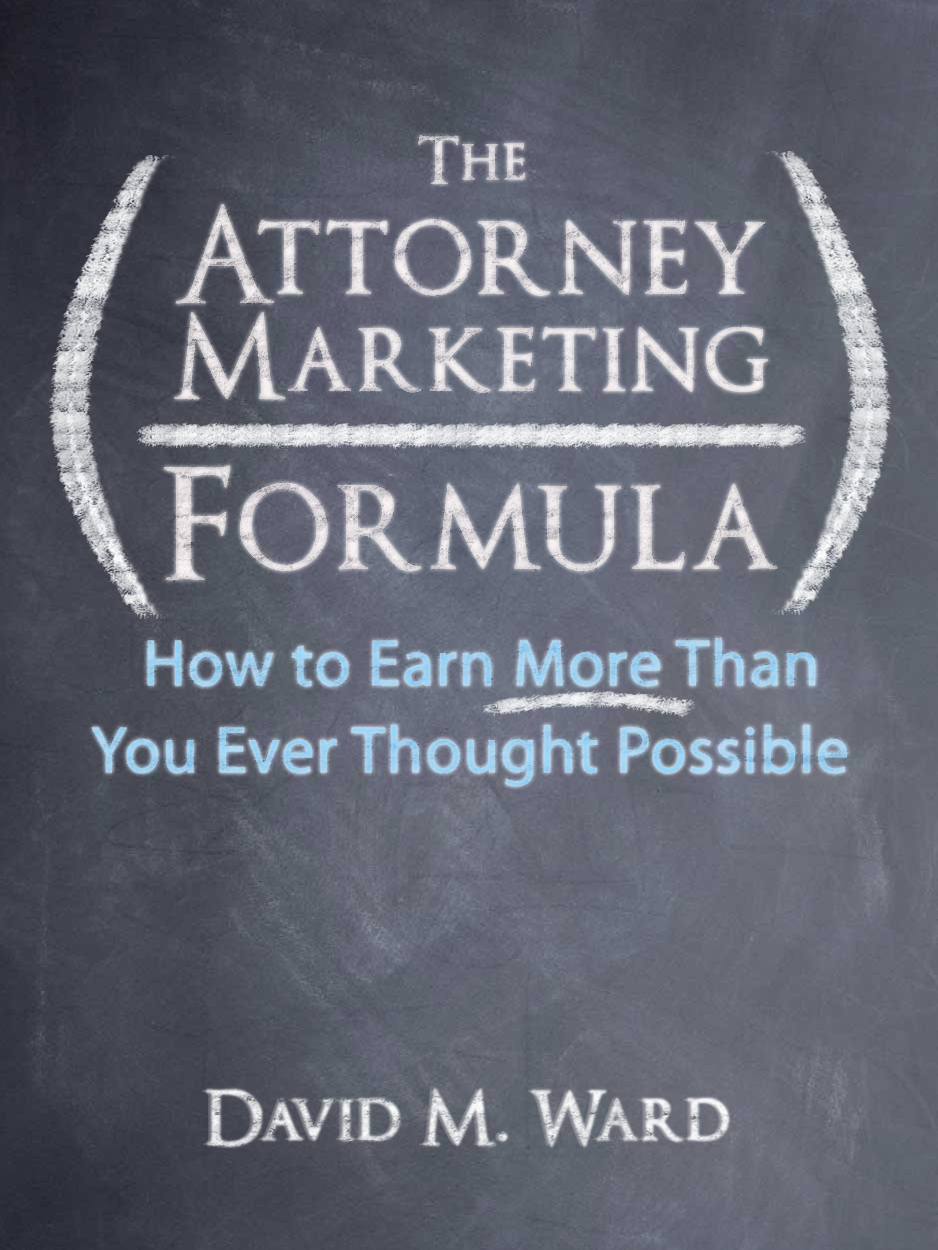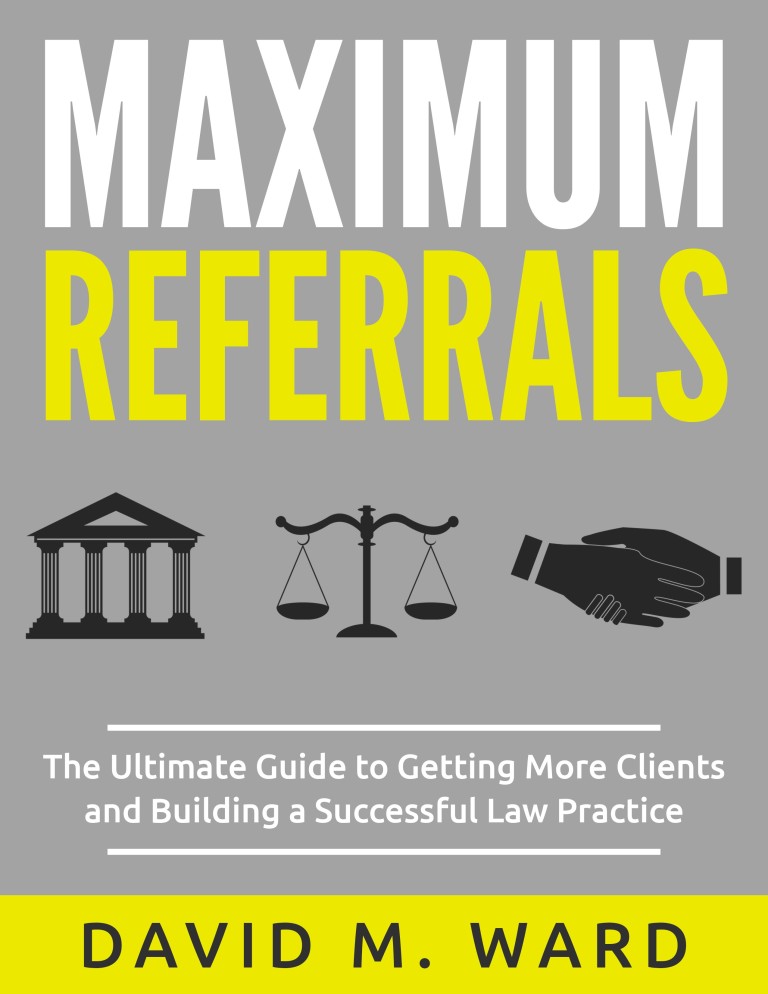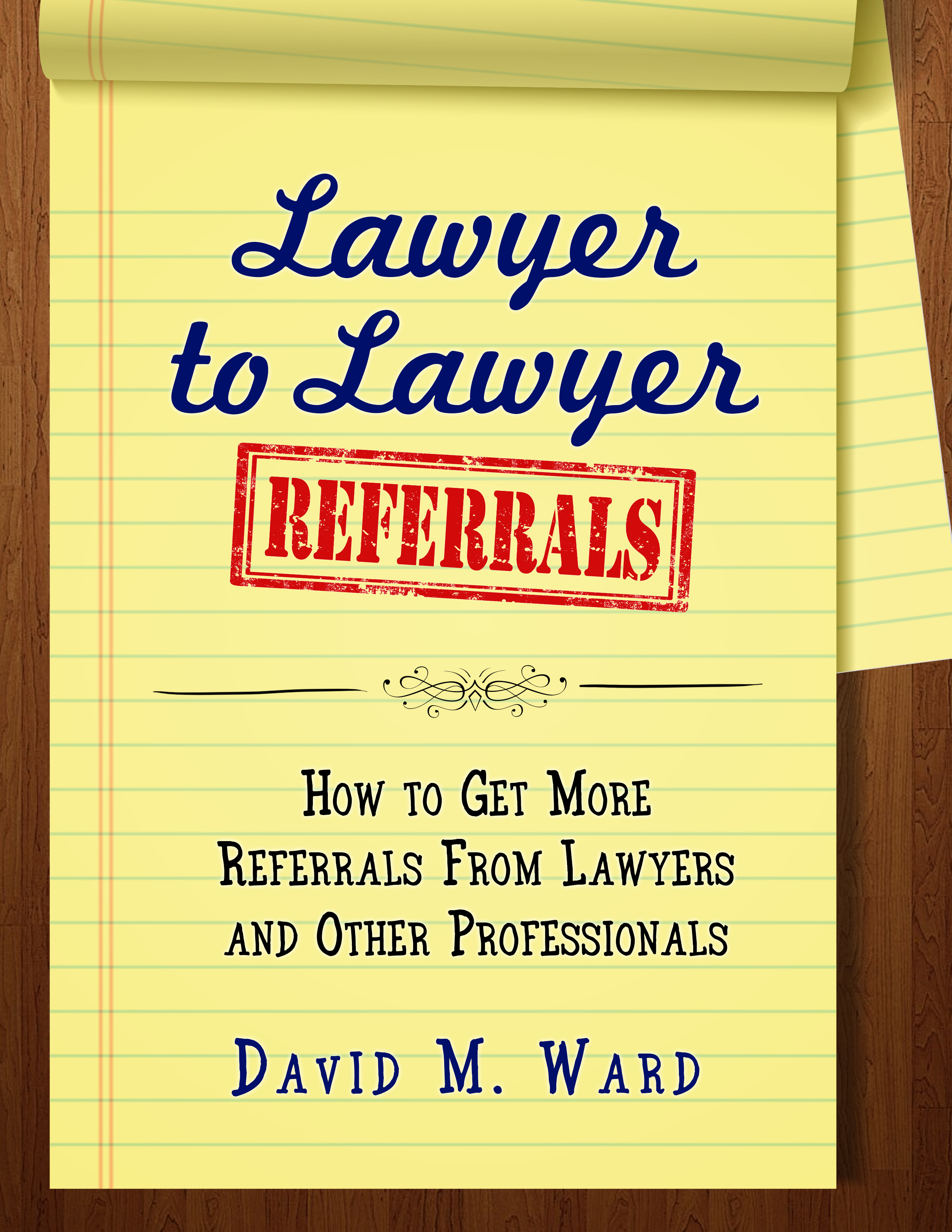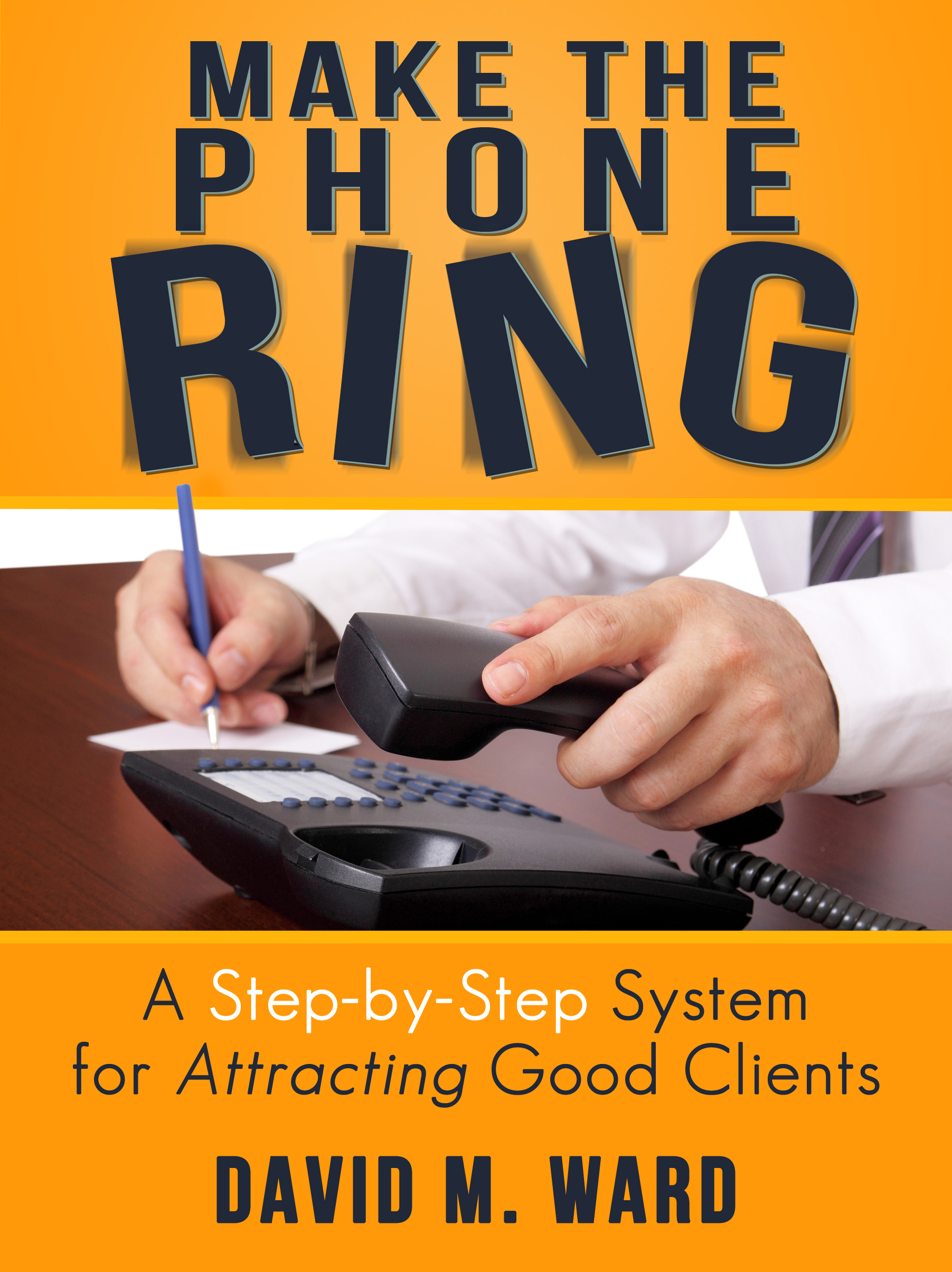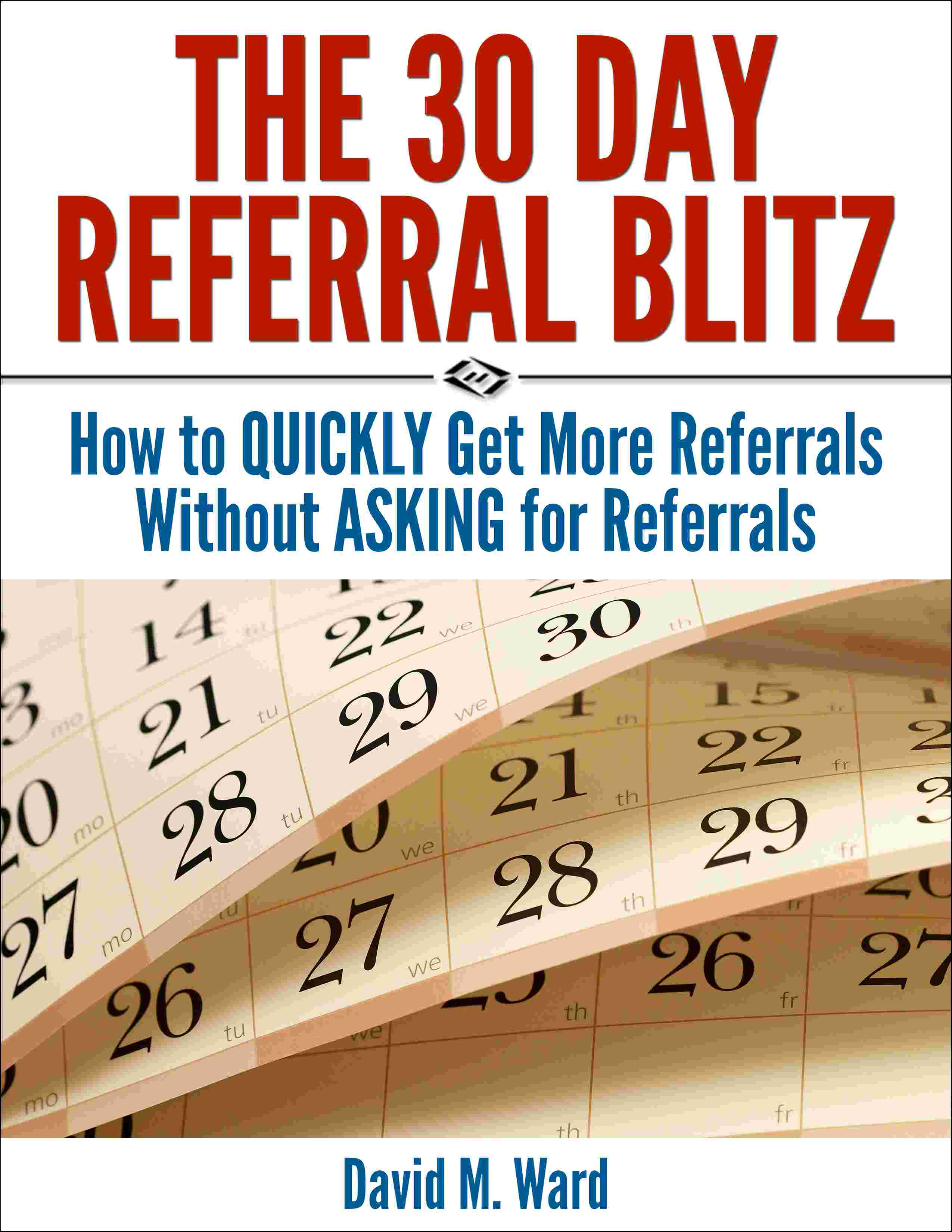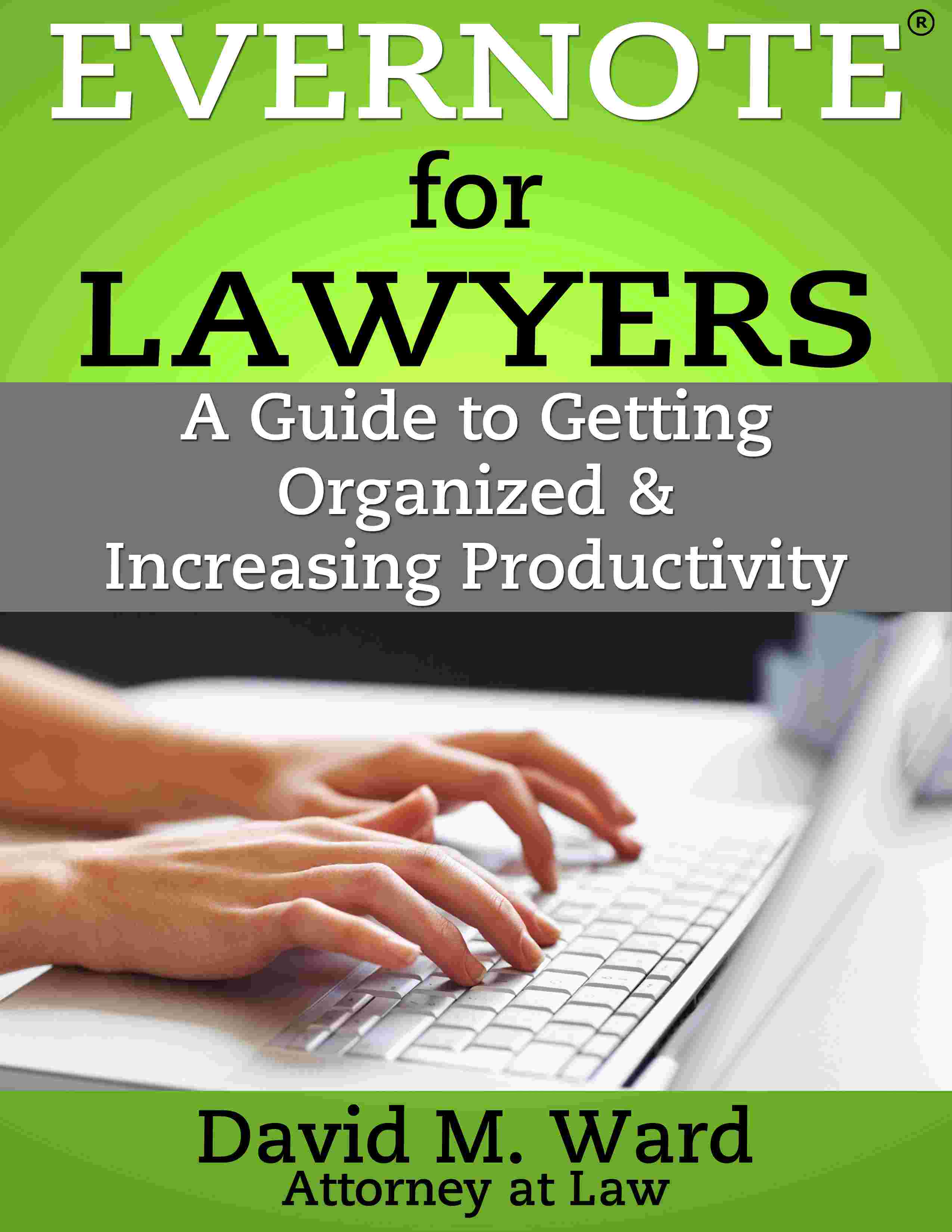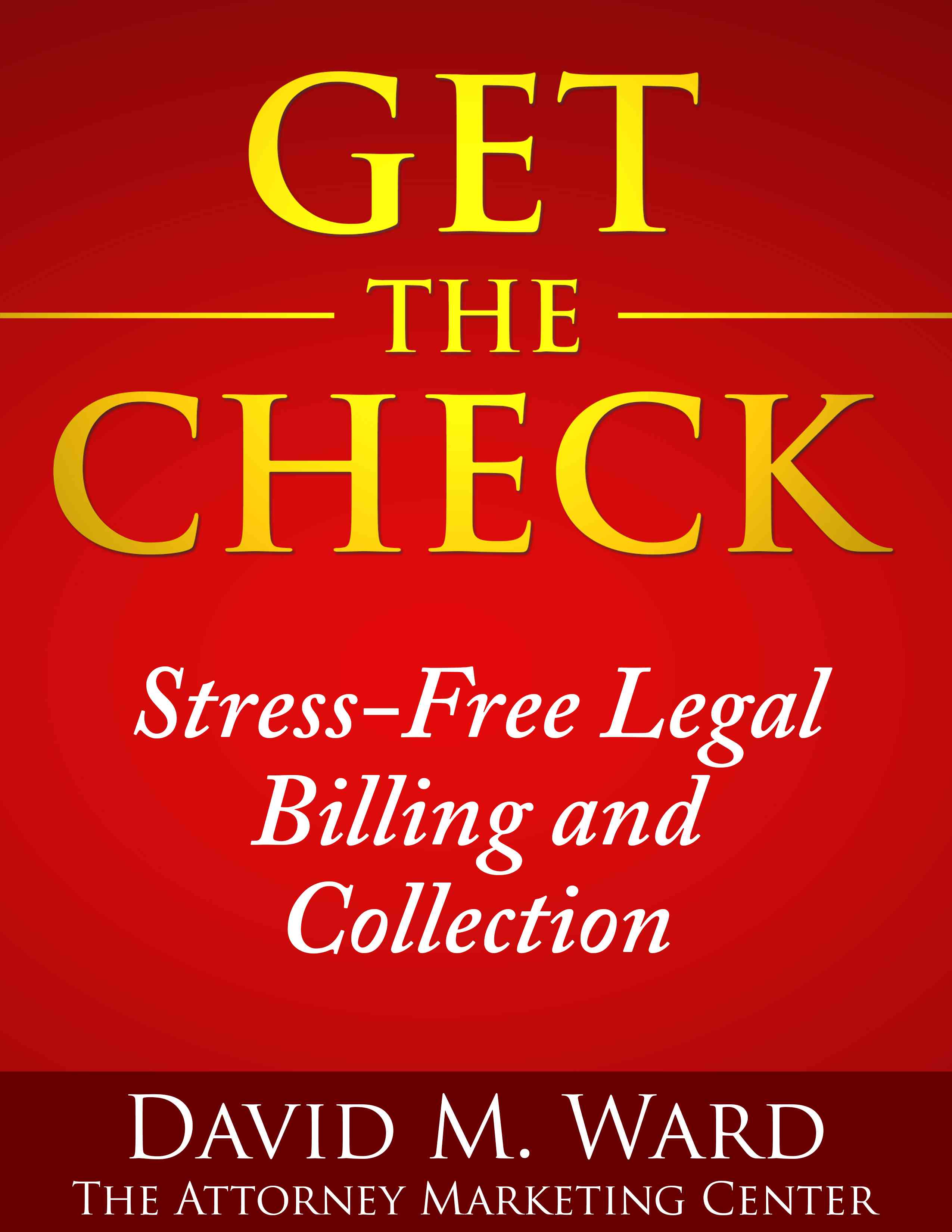Years ago, each January, my wife and I attended an “expectation” party which took place at a friend’s home. Everyone found a seat and wrote a letter to their future self, to be read the following year. Instead of writing our goals, we wrote our expectations for the upcoming year, supposedly because expectations are more realistic than goals. They’re based on what we’ve been doing and thus, what we expect to happen—not just what we want.
The next January, we would gather again and read our letters, out loud if we wanted but usually to ourself. And then, write our expectations for the next year.
Unfortunately, most years I usually didn’t achieve what I expected. Probably because I wrote what I wanted, not what I expected. You want big things to happen in your life. So naturally you set lofty goals (expectations), even if they are unrealistic.
Think big, we’re told. Aim for the sun, the moon, and the stars. If you fall short, you’ll accomplish more than you would if you hadn’t thought big.
But that’s not the best advice because we usually set goals that are too high (and long term) and continually fail to reach them. We fall short and thus condition ourself to expect to be disappointed. And unhappy. And too often, that’s what happens.
Charlie Munger, said, “If you have unrealistic expectations, you’re going to be miserable all your life.”
Better than setting big goals and continually failing to meet them is setting small goals and continually reaching them. When we do, we condition ourself to expect to succeed, which is a much better place to be.
If you expect to bring in 5 new clients each month but only bring in 2, you’re disappointed and frustrated. If that happens enough, you start to believe you can’t get more.
Instead, lower your expectations. Stop trying to accomplish more than what’s realistic and failing. Choose a goal you are reasonably certain you can reach and succeed.
You’ll feel better about yourself and what you can do. You’ll be successful and feel successful, and that’s what will allow you to accomplish more.
Setting and reaching goals, albeit lower goals than you really want, is a recipe for success because you gain confidence in yourself and what you can do. From that platform, you can set incrementally higher goals and realistically expect to reach them.
Taking a gigantic leap sounds good, but you are more likely to get to the top by taking one step at a time.

